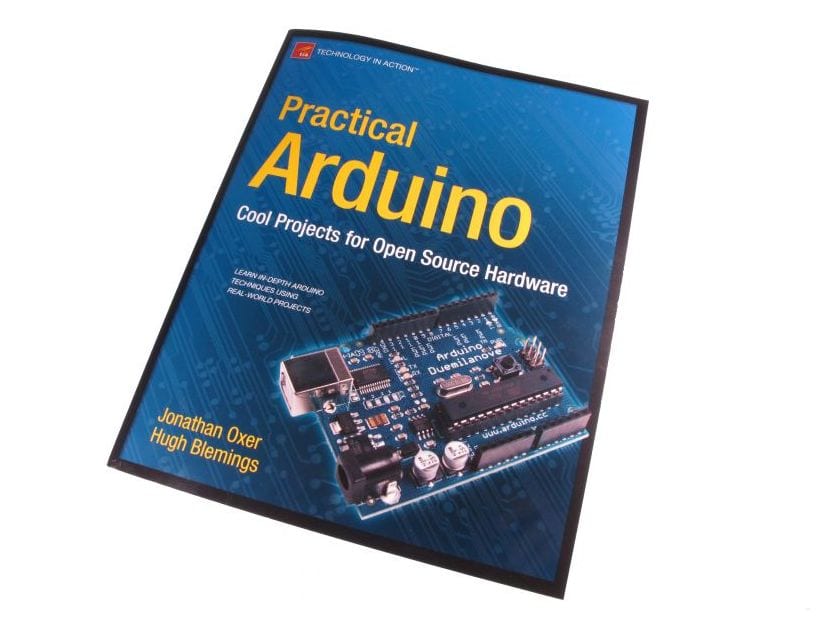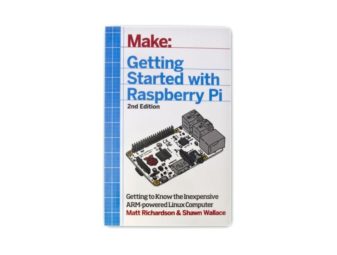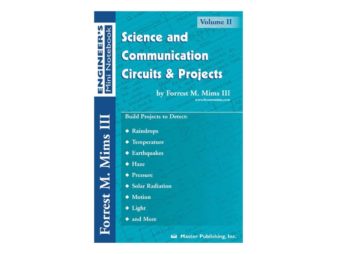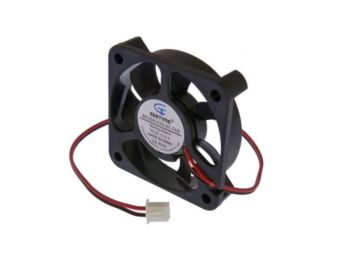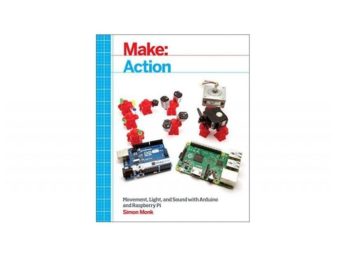Practical Arduino Book
USD $39.99
Create your own Arduino-based designs, gain in-depth knowledge of the architecture of Arduino, and learn the user-friendly Arduino language all in the context of practical projects that you can build yourself at home.
DESCRIPTION
The world has been waiting for a really good book on how to get started with Arduino. There's some excellent introductions, great training manuals, but a nice reference with projects has still been in the void. Practical Arduino - Cool Projects for Open Source Hardware is a pretty darn good attempt at filling this void. We're looking at 13 packed projects across 16 chapters and 420+ pages of content.
Instead of just having simple chapter projects like "How to connect an LCD to your Arduino", these projects embed these tasks as part of a much more useful larger project. Here's what projects the authors Jonathan Oxer and Hugh Blemings bring to you in this tome:
- Appliance remote control
- Time-lapse camera controller
- Virtual USB keyboard
- PS/2 keyboard or mouse input
- Security / automation sensors
- Online thermometer
- Touch control panel
- Speech synthesizer
- Water flow gauge
- Oscilloscope/logic analyzer
- Water tank depth sensor
- Weather station receiver
- RFID access control system
- Vehicle telemetry platform
We haven't finished going through the whole book yet, but we can tell you that it does include a tidy introduction to electronics, the basics of reading schematics, and a section on resources which is more like a cookbook of useful modular circuits that make using Arduino even easier.
The sketch code snippets are not listed fully in the book (you download the full project sketches from the support website), but what is even more useful is that the code listed is commented far more in depth than you would usually find in a sketch by itself. Long descriptive sentences break up code listings to offer additional detail regarding what is going on at that point.
There are some niggly points that do detract from the book. As a first edition, there's bound to be some mistakes, but the only ones we've located so far involve the quality of the production. Many of the pictures are muddy and gray, so picking out details can be a little tough. There's a few printing errors (pg 66 has a double-print of an illustration). We understand the rush to get this to market, so first-edition problems are bound to happen. These minor issues are definitely forgivable given the vast usefulness of the written content.
Here is some of the official press-release information regarding the book:
What you'll learn
- Communication with serial devices including RFID readers, temperature sensors, and GPS modules
- Connecting Arduino to Ethernet and WiFi networks
- Adding synthesized speech to Arduino
- Linking Arduino to web services
- Decoding data streams from commercial wireless devices
- How to make DIY prototyping shields for only a couple of dollars
Who is this book for?
This book is for hobbyists and developers interested in physical computing using a low-cost, easy-to-learn platform
About the Author
Jonathan Oxer, who has been labeled "Australia's Geekiest Man," has been hacking on both hardware and software since he was a little tacker. He is a former president of Linux Australia, and founder and technical director of Internet Vision Technologies. He is author of a number of books including How to Build a Website and Stay Sane, Ubuntu Hacks, and Quickstart Guide to Google AdWords. He has been surgically implanted with an RFID chip and is set to host an upcoming TV show called SuperHouse (www.superhouse.tv) featuring high-tech home renovation, open source automation systems, and domestic hardware hacking. Jonathan has appeared on top-rating TV shows and been interviewed on dozens of radio stations about his home automation system. He was technical supervisor for the first season of the reality TV show The Phone, has connected his car to the Internet (www.geekmyride.org), and is also a member of the core team of Lunar Numbat (www.lunarnumbat.org), an Australian group working with the European team White Label Space (www.whitelabelspace.com) on an unmanned moon mission for the Google Lunar X-Prize (http://en.wikipedia.org/wiki/Jonathan_Oxer).
Hugh took a radio apart when he was about eight and never recovered. From this start and an interest in Ham Radio an early career doing hardware and embedded software development followed back when 68HC11's were the latest and greatest. Hugh has been working on Free software since the mid-90's for fun and as a (still fun!) paid gig since 1999. He was co-author of the gnokii project and developed kernel device drivers for the Keyspan USB-serial adaptors. He worked at IBM's Linux Technology Centre as a Open Source Hacker in the Canberra based OzLabs team for just shy of eight years doing everything from first line management to Linux kernel porting for embedded PowerPC platforms. He now works on Ubuntu Linux at Canonical in the kernel team but remains firmly of the view that any day that involves a soldering iron, a 'scope and emacs is a good day.
RESOURCES & DOWNLOADS
Additional information
| Weight | 1.2 kg |
|---|---|
| Dimensions | 220 × 260 × 25 cm |
REVIEWS
Solarbotics, Ltd. is not responsible for misprints or errors on product prices or information. For more information, please see our Terms and Conditions.
Warning: This product contains chemicals known to the State of California to cause cancer and birth defects or other reproductive harm.
Please visit www.P65Warnings.ca.gov for more information. This item was manufactured prior to August 31, 2018.

